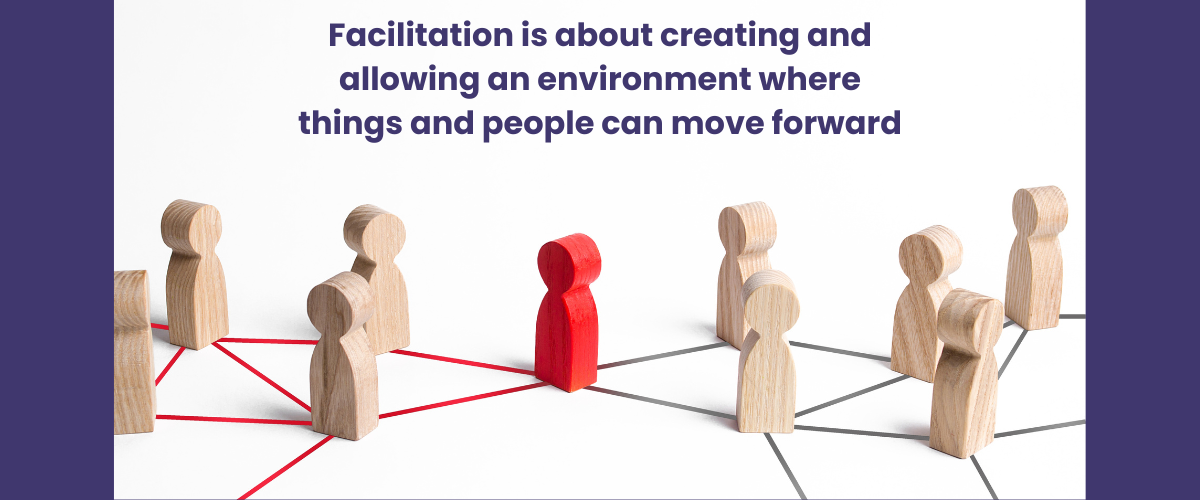Cost reduction is an inevitable reality for many businesses, yet the statistics are sobering.
Less than half (43%) of organisations achieve their intended savings in the first year (HBR, 2022), and only 11% sustain these reductions over a three-year period (FT, 2021). While cutting costs may be a necessary strategy for financial stability, how a company navigates this process speaks volumes about its organisational culture.
Reducing expenditure often involves restructuring, streamlining operations, and, in many cases, reducing headcount. These actions (especially when not managed effectively) can erode trust, diminish engagement, and create an atmosphere of uncertainty that ultimately weakens the business. A strong organisational culture needs to be built on transparency, fairness, consistency and engagement so managing culture through times of reduction ensures an organisation’s culture does not become collateral damage in the pursuit of financial targets.
Strategies to Safeguard Culture During Cost Reduction
Lead with Transparency
Employees appreciate honesty. Clearly communicate the reasons behind cost-cutting measures, the decision-making process, and how these changes align with the organisation’s long-term vision. Keeping people informed reduces speculation and fear, fostering a sense of control amid uncertainty.
Prioritise People-Centred Leadership
Leaders need to show empathy, actively listen, and provide support focused on varying individual needs. Even when difficult decisions must be made, ensuring employees feel valued and respected makes all the difference. Compassionate leadership maintains morale and protects the integrity of workplace relationships.
Preserve Core Values
Culture is more than words on a corporate website – it is reflected in daily behaviours and decisions. Any cost-cutting initiative should align with the organisation’s core values. If collaboration, respect, or innovation are central to company identity, these principles must remain at the forefront of any changes.
Invest in Remaining Employees
Downsizing often results in increased workloads for those who stay. Providing development opportunities, new ways of working, health support, and clear career pathways ensures remaining employees feel engaged rather than burdened. A resilient culture relies on people who feel motivated, not overwhelmed.
Ensure Fair and Inclusive Decision-Making
Cost-cutting measures can disproportionately impact certain groups if not handled equitably. Inclusive decision-making means considering diverse perspectives and mitigating biases which helps maintain fairness and prevents potential long-term cultural damage.
Monitor and Adapt
Culture is dynamic. It is built over time however following significant change, businesses need to understand and assess employee sentiment following times of change. This can be done through surveys, feedback sessions, and engagement metrics (e.g. Employee Net Promoter Score). Regular check-ins allow organisations to address concerns and recalibrate strategies to maintain a healthy workplace culture.
To Summarise
Cost reduction is not just a financial exercise. It is a leadership challenge that tests the strength of an organisation’s culture as how the process is handled feeds into the culture of tomorrow. Businesses that successfully navigate these periods do so by balancing financial pragmatism with a deep commitment to their people. Those that prioritise transparency, fairness, consistency and communication will not only survive cost reductions but emerge stronger, with a workforce that remains committed and motivated for the future.



